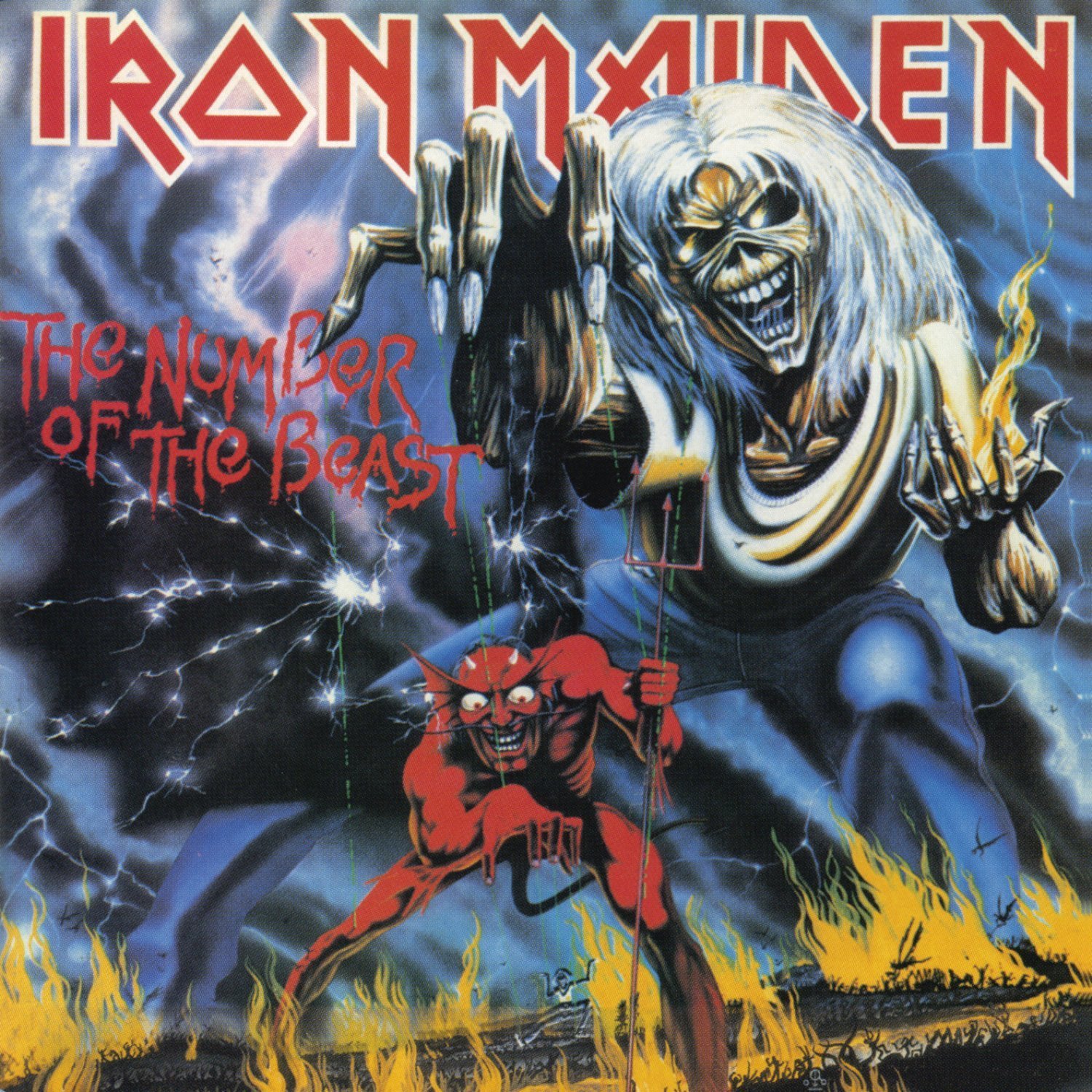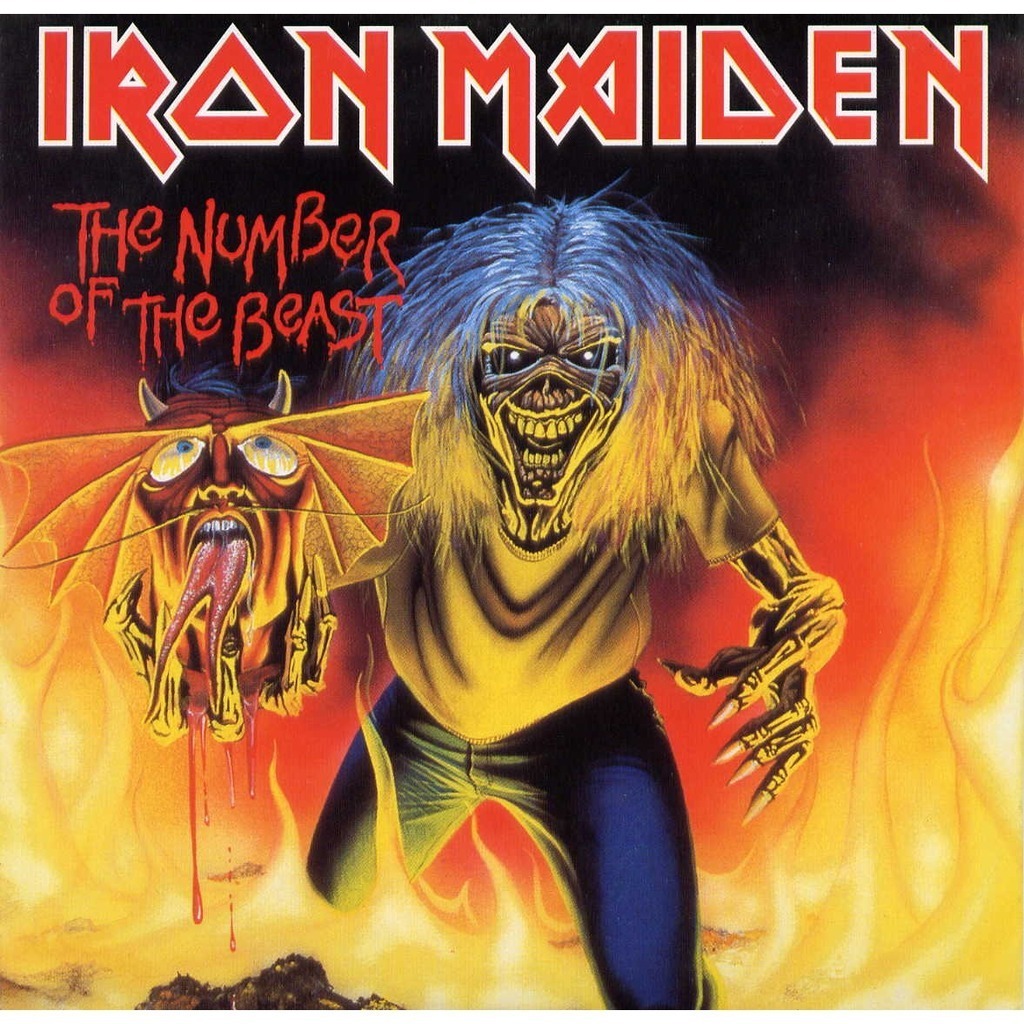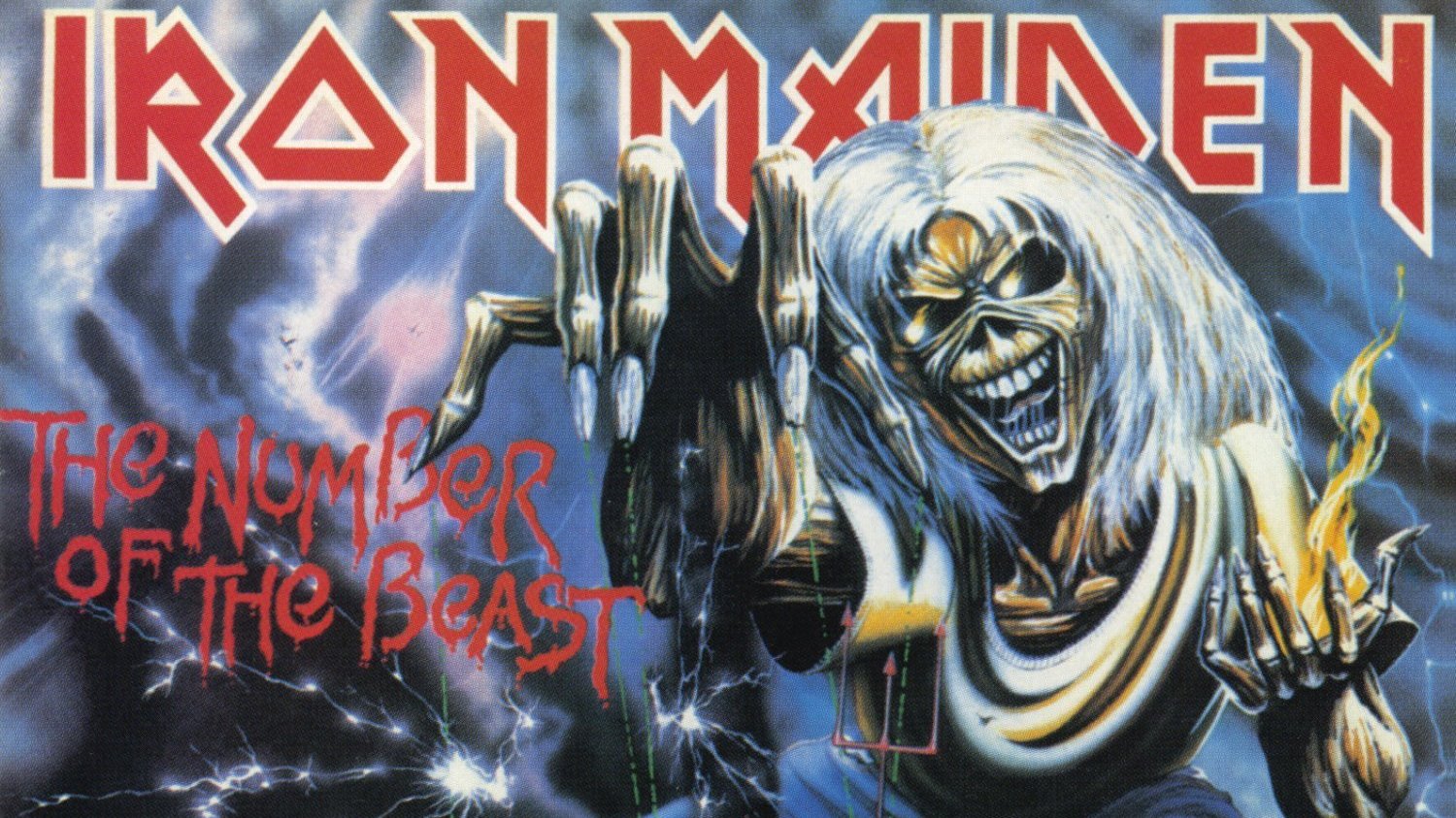With Bruce Dickinson having taken over from Paul Di’Anno, and worldwide stardom within their grasp, Iron Maiden were a band in transition as they set out to record their third album, The Number Of The Beast.
Some things never change, though, and when the album was released in March 1982, it was reassuring to note two constants in the sleeve design: the band’s zombie mascot Eddie (who had previously appeared on the sleeves of 1980s’ Iron Maiden and 1981’s Killers), and Eddie’s creator, the British artist Derek Riggs.
- Every Song On Iron Maiden’s Number Of The Beast Ranked From Worst To Best
- Someone has created an Iron Maiden/The Monkees mashup
- The 12 best Iron Maiden memes
- Why Iron Maiden refused to mime on Top Of The Pops
Riggs had worked extensively in the industry – “a few jazz covers, a few rock covers, several private commissions for various stars, the odd book cover” – before he got the call from Iron Maiden. He had also already used Eddie as the basis for a number of paintings, with the character supposedly based on a head he saw hanging over the side of a burnt-out Japanese tank in a TV documentary.
“Eddie represented the idea that the youth of today were being wasted by society,” Riggs told Classic Rock. “He started out like that, anyway, and I made him more scary.

“I never knew the band very well,” he continues. “I’d only met them a few times until …Beast. Most of the concepts for the [subsequent] album covers were worked out by me and the manager, Rod Smallwood. Then I’d go off and try to turn it into a good picture, which often meant redesigning things a bit.”
As with most commissions, Riggs wasn’t given long to create the artwork for …Beast. “It was painted in a hurry and never really finished off,” he admits. “I spent far longer on Killers, and that accounts for the difference.”

As for the idea behind the devilish sleeve, Riggs says there wasn’t one. “That particular idea I stole from a comic book that I’d read in the 70s, then I adapted it,” he says. “I wasn’t trying to create a mood. I was just trying to get the job done in the short time I had. I painted the things I wanted in the picture, and made the lightning match the environment I’d created. The Devil just represents the Devil.
“I have no idea whether the band likes it,” Riggs says. “You’d have to ask them. But the manager liked it. And when Maiden later released a signed, limited series of prints, they chose that picture.”
Check out Derek’s website at www.derekriggs.com.

